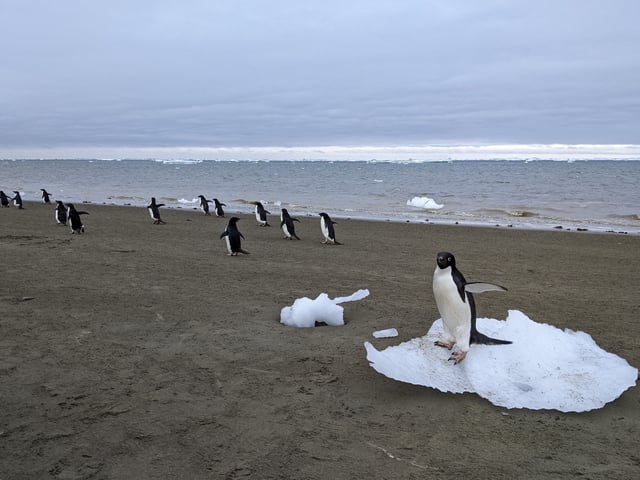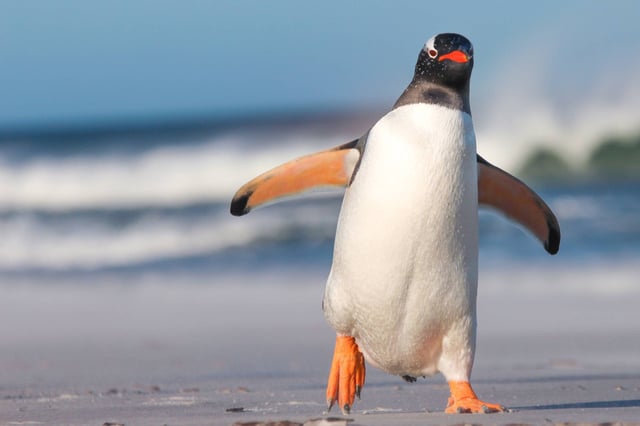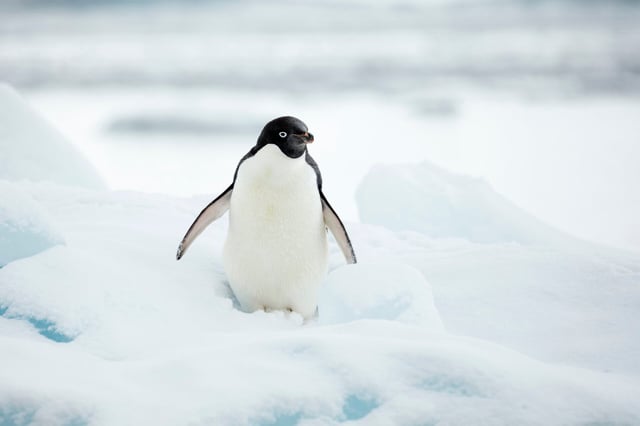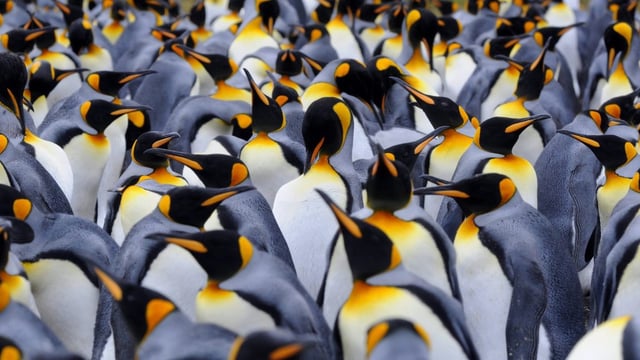Overview
- A study published in *Communications Earth & Environment* reveals that ammonia from Adelie penguin guano triggers aerosol formation, which seeds clouds over Antarctica.
- Measurements near a 60,000-strong Adelie penguin colony at Marambio Base showed ammonia levels up to 1,000 times above baseline, with guano emissions persisting after the penguins migrated.
- The ammonia reacts with sulfuric acid from marine phytoplankton, forming aerosol particles that grow into cloud condensation nuclei, facilitating cloud formation.
- Dimethylamine, likely from penguin guano, accelerates this process, increasing the rate of particle formation by up to 10,000 times.
- Researchers warn that declining penguin populations could weaken this natural cooling mechanism, emphasizing the need for conservation efforts to preserve ecosystem-climate feedbacks.



